The Picturesque Island of Cuba
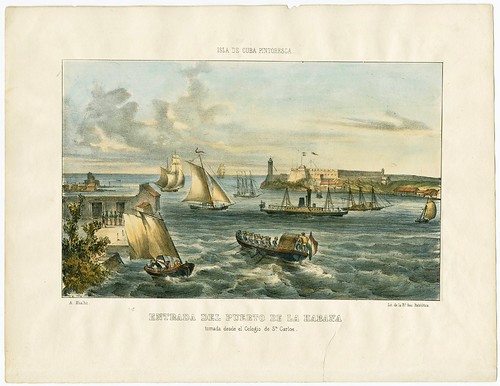 Entrada del Puerto de La Habana tomada desde el Colegio de Sn. Carlos
Entrada del Puerto de La Habana tomada desde el Colegio de Sn. CarlosEntrance to the Port of Havana taken from San Carlos School
Tacon theater (Havana)
Havana railway station
View of the entrance to the Tacon promenade (Havana)
View of the Great Market of [Santiago de] Cuba
View of the temple and part of the Military Parade Ground Plaza
Regla Church and railroad
Thirty two lithographs from the album, 'Isla de Cuba Pintoresca' are available online via the Cuban Heritage Collection among the University of Miami Libraries Digital Collections [[Digital Initiatives homesite]]
The album is exceedingly rare, so rare in fact that nobody seems to know just how many illustrations were originally issued. The lithographs were published through a monthly subscription between 1839 and 1842 but only later editions, from the mid-1850s, appear to be 'complete' (complete being 27 plates and 2 maps; whereas the original series may have included up to 49 plates). Original incomplete sets fetch over $10,000 when they surface at auction every decade or so and even the later 1855 edition(s) sell for more than $5000.
The value of the prints comes not just from their relative scarcity, but because the chromolithographs are widely regarded as the finest pictorial record of daily life in Cuba in the 19th century. The views include urban/landmark prospects in Havana and other port cities, scenes of daily life, folk customs and the period costumes of the people, including Afro-Cubans and European visitors. The cumulative effect of these diverse visual compositions is to bring the vibrancy of the island to life.
The artist responsible for the album (no text) was the Frenchman, (Pierre Toussaint) Fréderic Mialhe (1810-1881), who lived in Cuba for sixteen years from 1838. Mialhe was hired as a landscape artist for a fledgling French lithography firm in Cuba that came to overtake the established Spanish printshop run by the Costa brothers. Part of the reason for the confusion surrounding the the numbers in Mialhe's first series was due to his providing three somewhat similar lithographic suites during his time in Cuba. They are: 'Isla de Cuba', 'Isla de Cuba Pintoresca' and 'Viaje Pintoresco al Rededor de la Isla de Cuba'. Each series was published in multiple editions and in various languages, quickly obscuring the true record of production.
- George Glazer Gallery.
- Antipodean Books.
- Christie's: one & two.
- Grosvenor Prints.
- Abe Books.
- Yale Library | Wikimedia.
- An exhibition commemorating the 200th anniversary of Mialhe's birth is currently on display in Cuba.
- Previously: On The Nature of Cuba; Hecho a Mano.
- Amazon lists a number of books with plates by Federico Mialhe.


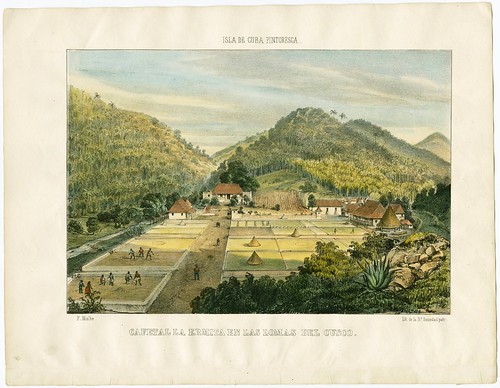

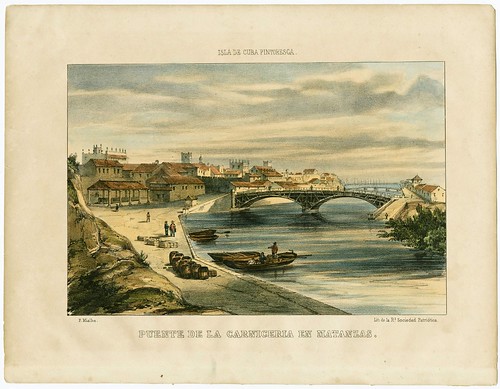
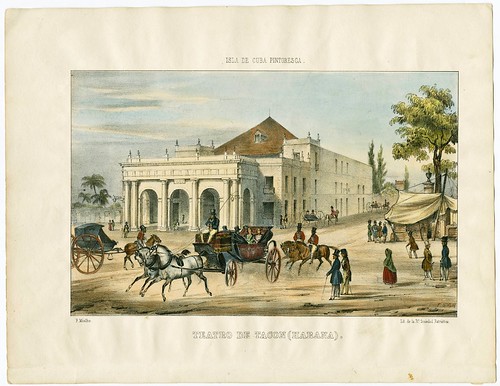
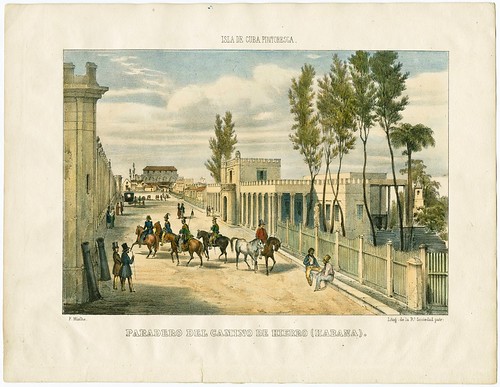


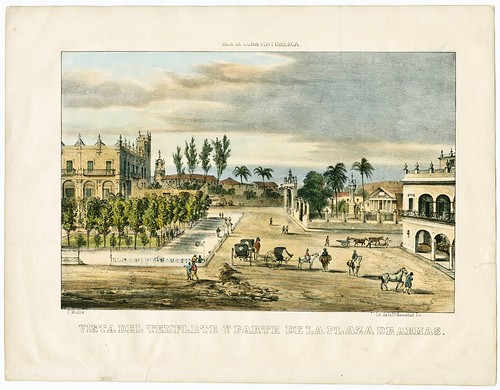
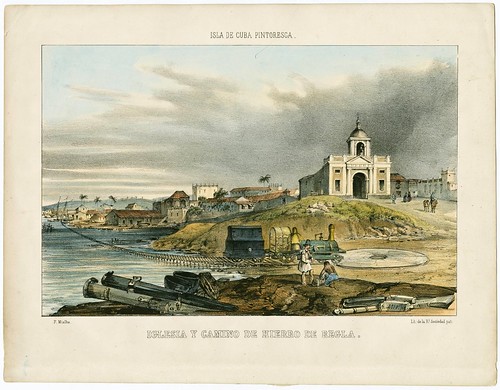

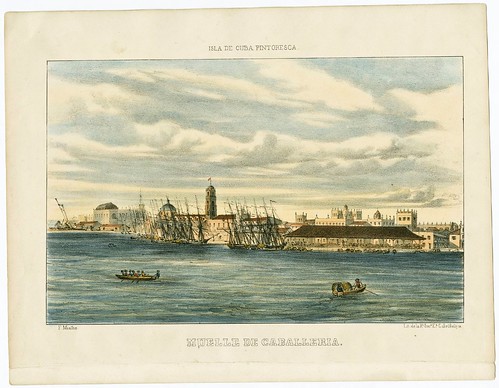



No comments:
Post a Comment